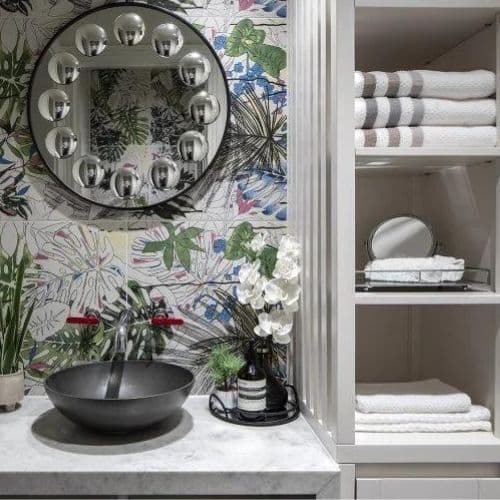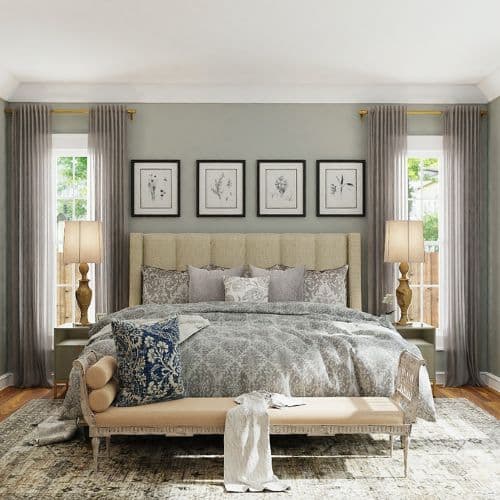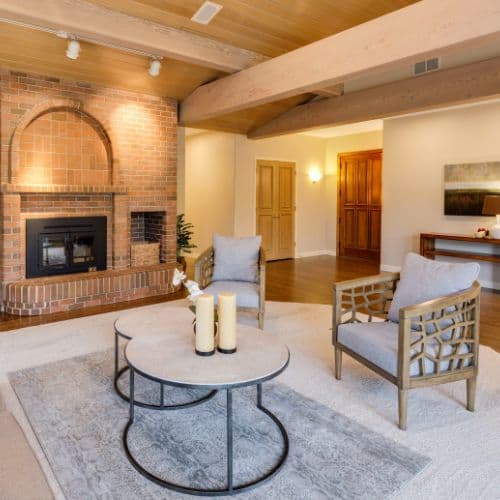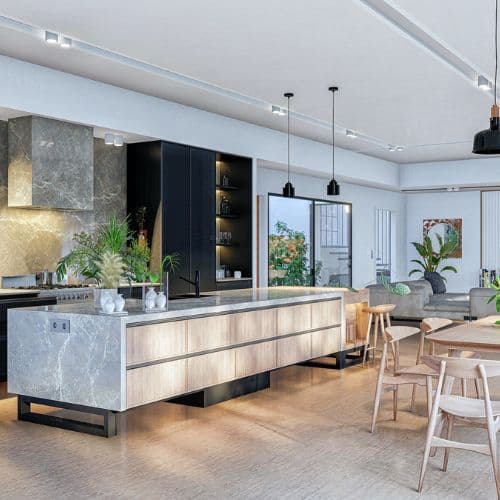
So you’ve successfully signed up for a project with your client, meticulously worked out the details and as you engage with the project you’re getting that sinking realisation that the timescale and budget are starting to creep up on you. Sound familiar?
Oh scope creep, how all interior designers wish they never heard of you, but alas even the best and brightest have had to deal with this two-worded fiend. Apart from the obvious frustration, scope creep absorbs your time faster than a paper towel and it can have serious ramifications on your project. Thankfully, it’s not all doom and scope creep gloom, here are seven nifty strategies to help you identify potential issues and resolve them swiftly.
Before we jump into these strategies, let’s get the lowdown on what scope creep really is.
In any project, changes are inevitable. There, we said it. Usually, these changes are caused by factors that are beyond your control. But if a project’s scope has not been clearly defined during the initial stages then there is a high probability for project issues to escalate. Once this occurs, it is almost guaranteed that the project costs will start to run over budget and will not be completed in the expected time frame. (Cue unhappy clients).
So let’s look at some strategies that can help you hone in on those pesky little issues that could become momentous blunders later on.
Talk to a one of our designers now or book an appointment.

Book A Video Chat
Book a zoom consultation and we’ll advise you on furniture, space planning, wardrobes and more.
Book A Video Chat
Book A Showroom Visit
Let our experts guide you through our 30,000 sq. ft. showroom with over 700 luxury brands under 1 roof.
Book A Consultation
Email, call or book a virtual video chat with our sales team. Ask questions with no obligations.
Chat NowMake sure that you have a detailed breakdown of the budget; from the sales stage all the way to the completion stage, as this will allow you to keep the rest of the project on track. Speak to the client about how much they are willing to spend on each element and then use this information to set a strict budget that you can refer to during the later stages of the project. It’s a good idea to share your past projects with clients to give them an estimate of how much budget is required for a project.

It is imperative that when discussing the project with a client, you speak to them about their requirements to truly understand the expectations that they have from you. Once you understand the client’s needs and goals, you’ll be able to design the right solution.
This also reduces the chances of scenarios where clients ask for changes as your solution doesn’t seem to solve their problem. One easy way to avoid this is to upload high-quality images of your past projects onto your website with all the relevant details. This allows clients to understand your work and know what to expect when they’re entering into a contract with you.
One of the best ways to set your project goals is to use Peter Drucker’s SMART method, according to which, your goals need to be Specific, Measurable, Acceptable, Realistic and Time-bound.
Once you’ve set your SMART goals, discuss them with your client to make sure that all parties are on the same page. Once approved, go forth and set your budget and a realistic project schedule, building in additional time accommodations for any unforeseen setbacks.

Before you begin your project, you must always have a solidified contract that includes everything that relates to the project. Even the smallest details should be cited in there so as to prevent any misunderstandings later on. Speak to your client about any additional services that they might need from you so that you can plan accordingly.
It’s also important to inform your client about how any changes will be addressed and what fees will be involved with such changes, as it’s not always possible to plan out everything beforehand. Many interior designers choose to add a listing in their contract, according to which, any changes that transpire will incur an administration fee. This clause often encourages clients to carefully consider the potential changes in a timely manner and it also emphasises the facts that as a designer, your time is valuable and even the smallest changes can have a huge impact on the project in its totality.
However, new interior designers often need to be more flexible when it comes to services and contracts. In such scenarios, it is a good idea to offer a particular number of free changes in the initial budget and convey to your client that any further changes will attract a fee. This makes your client see your point in a more considerate way while motivating them to make early decisions and stick to them. But, even if flexibility is one of your selling points, it’s always a good idea to explain the process for any amendments to the agreement in depth to your client.

It’s not possible to be an expert in everything, and while multitasking is in your DNA, you can’t always do it all. If there is any service that you don’t offer or that you can’t offer due to time constraints, encourage your client to get in touch with a professional who does offer that particular service as it will allow you to avoid the pitfalls of an auxiliary deliverable taking up a large amount of your time. In addition, it will assist you to mitigate against the risk of scope creep.

As the saying goes, ‘if you fail to plan, you plan to fail’. So plan ahead, have backup plans and learn to accept that some changes are just unavoidable. Most professionals recommend reserving 10-20% of the budget for unforeseen circumstances. This way, if the backup cash reserves need to be used, your client is already prepared for it and if it isn’t used, they’ll be happy to get back the unutilised funds.
It might take up your time but it’s important to give project updates to your client so that they are aware of the progress being made and can see what goals have been achieved so far. This also increases the likelihood of your client standing by their original ideas as this drip-feed information builds excitement and they’ll be keen to see the completed project. You should also send financial updates to your clients so that they’re aware of how the funds are being disbursed and whether the project is still within their budget.

They say, ‘prevention is always better than cure’ and when it comes to scope creep, prevention is usually the only cure. Even after days, weeks and months of planning, you might not be able to foresee all your project requirements. But with these seven strategies in hand, you’ll be able to minimise the effects of scope creep on your projects without breaking a sweat.
Get In Touch
Book A Video Chat
Book a video consultation and we'll advise you on furniture, space planning, colour schemes and much more.
Book A ConsultationVisit Our Showroom
Book a visit to our stunning, multi award-winning, 30,000 sqft.
Over 700 brands under 1 roof.
Sign up for weekly inspiration
Stay ahead of the crowd with our Interior Design inspiration, new furniture trends & trade tips.








Transparency's kind of our thing.
Here's what real customers have to say about us.
